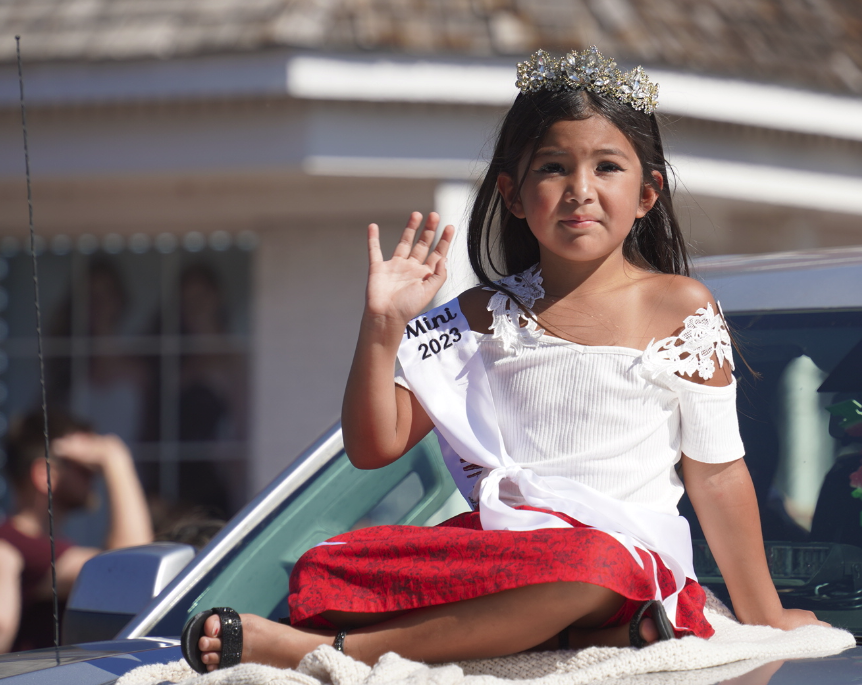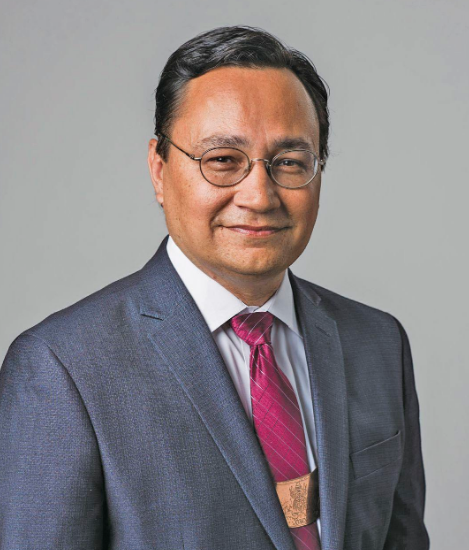
- Details
- By Chuck Hoskin Jr
Guest Opinion. Every Labor Day weekend marks a special time for reflection and celebration by Cherokees. The Cherokee National Holiday recognizes the 1839 signing of the Cherokee Nation Constitution, which formally established our government in Indian Territory.
This year, the Cherokee Nation has an additional reason to commemorate our collective history. As we gather to celebrate the 72nd Cherokee National Holiday, we also mark the opening of a groundbreaking new exhibit at the Cherokee National History Museum: “One Land, One Nation: Cherokee Unification After Removal.”
This exhibit, which runs through March, offers a profound exploration of our Nation's remarkable journey of reunification following the devastating forced removal in the 1830s. It tells how the Cherokee people endured the Trail of Tears and other immense challenges, yet still managed to overcome our divisions to rebuild a strong, united nation.
This act of reunification in 1839 was nothing short of miraculous, as it involved three distinct groups of Cherokee — those who emigrated to the present-day Cherokee Nation Reservation a decade earlier, those who emigrated in the years immediately following ratification of the Treaty of New Echota, and those who remained in our homelands until their expulsion in 1838 — coming together to form a cohesive, sovereign nation once again.
Delving into this history, we are reminded of the resolute spirit of our ancestors. The inspiring leaders of that era demonstrated extraordinary statesmanship and courage. They understood that the survival and prosperity of the Cherokee people depended on working together for the common good. Despite their differences and the trauma, they endured, and they chose unity over division.

In 2024, we celebrate under a theme titled “Weaving Our Future.” This theme beautifully encapsulates the idea that every Cherokee, regardless of their background, contributes to the rich tapestry of our culture and history. It also references the countless ways in which Cherokee culture is intertwined with every facet of our daily lives, from the revitalization and preservation of the Cherokee language to the care and support we provide to our elders and youth. The fabric of the Cherokee Nation is stitched together by the values and traditions handed down by our ancestors, as well as by the contributions of all Cherokees, no matter where they reside.
Whether you are attending to enjoy the inter-tribal powwow, the parade, the art show, the annual State of the Nation address, or other cultural events, I hope you will take time to visit the powerful exhibit at the Cherokee National History Museum. Remembering the trials we have overcome gives me great hope and determination for what we will achieve in the future. The legacy of our ancestors is a responsibility we all share to ensure that the Cherokee Nation continues to thrive for generations to come.
This Cherokee National Holiday, I hope we recommit ourselves to the principles that have guided our Nation for nearly two centuries — unity, resilience and dedication to the well-being of all Cherokees.
Chuck Hoskin, Jr. is the principal chief of the Cherokee Nation.
More Stories Like This
Extending the Affordable Care Act Is a Moral Imperative for Indian CountryAll Is Fair in … War?
Why Federal Health Insurance Policy Matters to Cherokee Nation
The Absence of October's Job Report Shows Why Native American Communities Need Better Data
Tribal IDs Are Federally Recognized. ICE Agents Are Ignoring Them.
Help us defend tribal sovereignty.
At Native News Online, our mission is rooted in telling the stories that strengthen sovereignty and uplift Indigenous voices — not just at year’s end, but every single day.
Because of your generosity last year, we were able to keep our reporters on the ground in tribal communities, at national gatherings and in the halls of Congress — covering the issues that matter most to Indian Country: sovereignty, culture, education, health and economic opportunity.
That support sustained us through a tough year in 2025. Now, as we look to the year ahead, we need your help right now to ensure warrior journalism remains strong — reporting that defends tribal sovereignty, amplifies Native truth, and holds power accountable.
 The stakes couldn't be higher. Your support keeps Native voices heard, Native stories told and Native sovereignty defended.
The stakes couldn't be higher. Your support keeps Native voices heard, Native stories told and Native sovereignty defended.
Stand with Warrior Journalism today.
Levi Rickert (Potawatomi), Editor & Publisher

